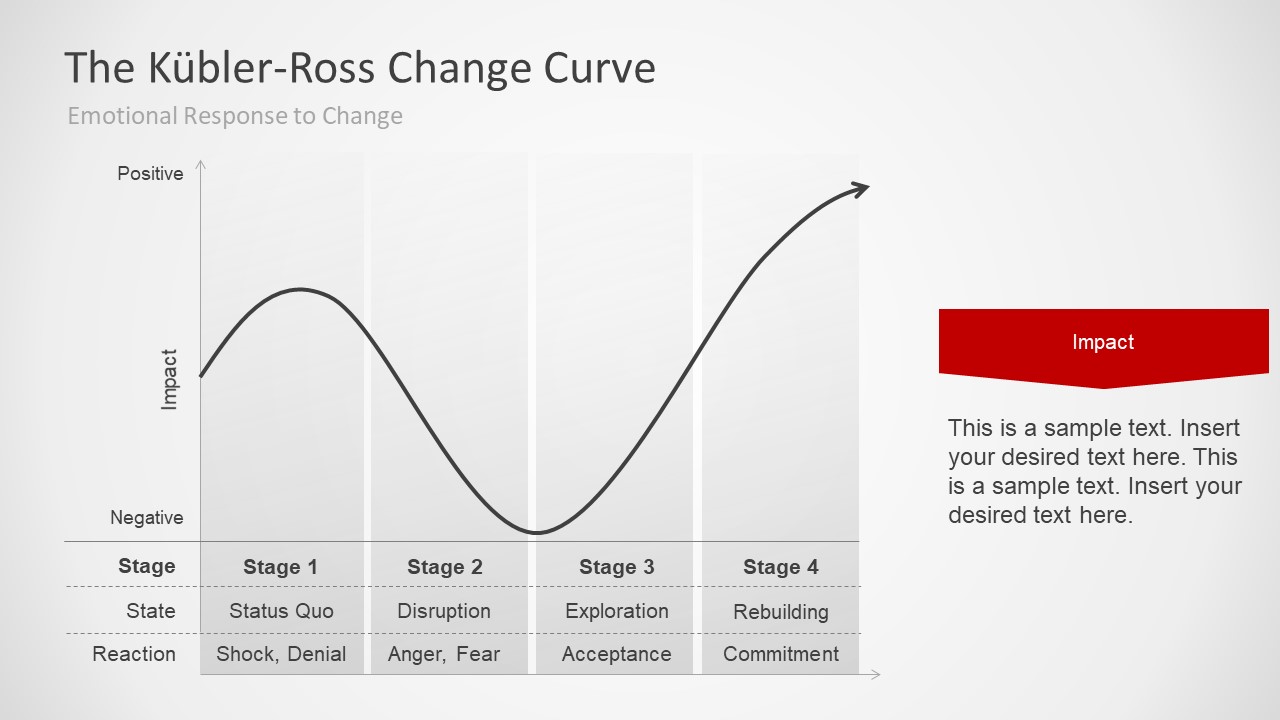Automation – Awe or Anxiety?
The importance of change management and pointers to facilitate efficient change adoption.
“XYZ Bank to cut 3000 jobs”
What do you think is the impact of such a headline if you are a part of this organization? Fear, Doubt & Uncertainty?
More so if the story adds in that the job loss is due to a transformation program driven by automation… The stimulus is Resistance …
There is no denial about the fact that technology driven transformation has taken center stage in corporate strategies. Organizations across industries have either begun their journeys or are at the cusp. Many clients embark on their automation journey and realize mid-way that while the solutions worked a way around IT and business processes, the issue of change management around people is not adequately addressed.
A study by McKinsey Global Institute suggests that by 2030, intelligent agents and robots could replace as much as 30 percent of the world’s current human labor. Any organization embracing the technological transformation must necessarily create a roadmap for managing the change its employees need to embrace. Afterall, an organization is made of people and success/failure of any change is dependent on an effective change management plan.

A look into the Kubler-Ross change curve gives us the stages an individual goes through. Organization must keep these stages in mind while preparing the roadmap for the change and provide time for the employees to navigate from pessimism to optimism.

Awareness

Desire

Knowledge

Ability

Reinforcement
The ADKAR framework by Prosci translates how organizations can reduce the negative impact and accelerate the change.
Some key pointers to deal with the different stages along the curve:
Bite the bullet: Organizations should steer clear when it comes to stating the underlying intention behind an automation drive. Be it cost cutting, reduction in FTE’s or manpower reduction the message should come out clear to avoid creating a false image and draw inaccurate conclusions.
Top Down Approach: Executive sponsorship is the key to giving strength to the idea of adoption of the change in question. An inspirational leadership can garner the support for the initiative with the right messaging about the goals and its impact while overcoming resistance. Most importantly the human resource team should drive the message and be a part of the change management journey of the employees.
Re-skill to Re-purpose: The objective of automation is to relieve the employees of the digital drudgery and repurpose them for higher order tasks. Each impacted employee must be identified before automation process begins. The job role must be redefined and the necessary support in terms of training given for the employee to align with the expectation before the change process begins.
Prove the concept: Company should create target groups and evangelists who have experienced the impact automation can bring in their work. The stories created by these groups should be giving confidence to the other departments or stakeholders undergoing the change.
The touch Feel: Each department/lead should be equipped with right information to address his team about the change. While the idea should trickle top down, the acceptance must be maximum at the bottom of the pyramid. Engaging the employees in process re-engineering creates ownership and the stickiness towards change.
The human aspect of change needs to be investigated at the very onset of any transformation journey. There has been a journey from bullock carts to cars, there has been a journey from hand operated machines to robots , there has been a journey from a few books to the world of internet – They all have been transformational , they all have faced resistance, they were all accused of “replacing” human jobs – But here we are , there is no replacement but rather “redefinition”.
Organizations must help their employees to Endure the challenge, Embrace the change and Excel with the impact automation brings with it.
Reference Links:
McKinsey – Future of Work
Kubler Ross change curve
Change Management – Definition
Author:
Archana Bhaskara
Senior Associate Consultant, Business Consulting Group,
ITC Infotech











